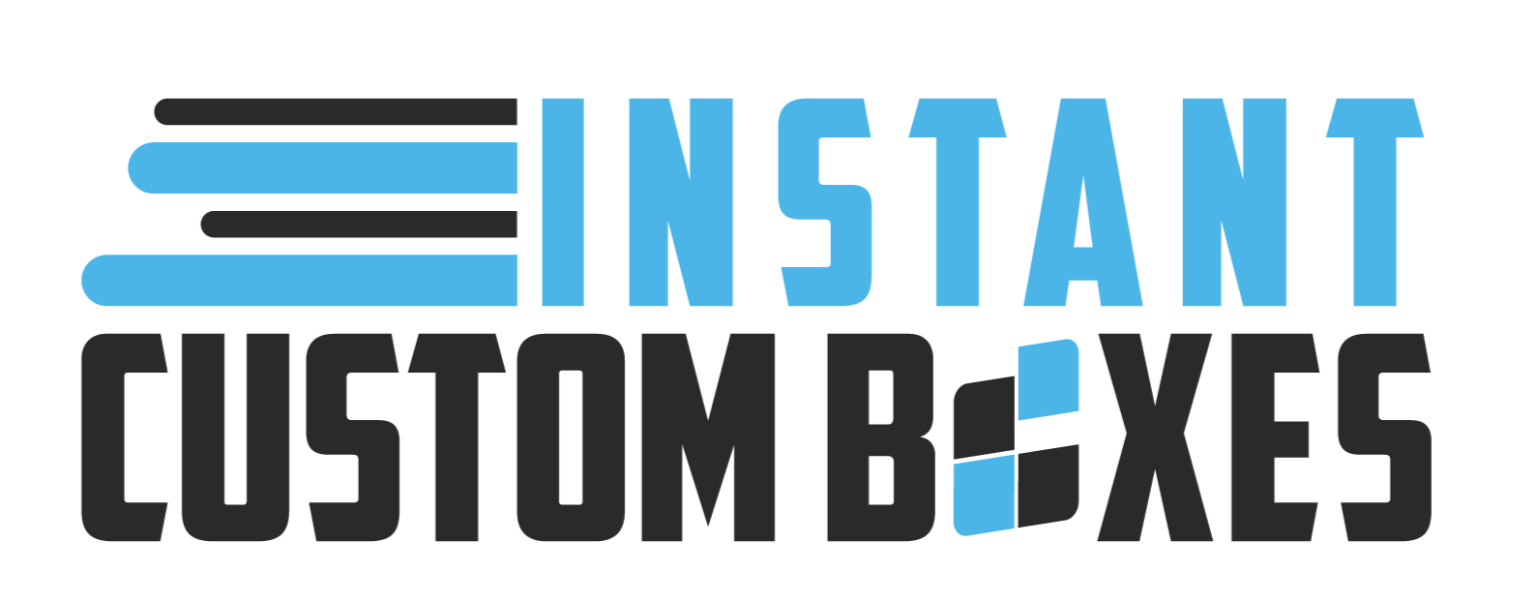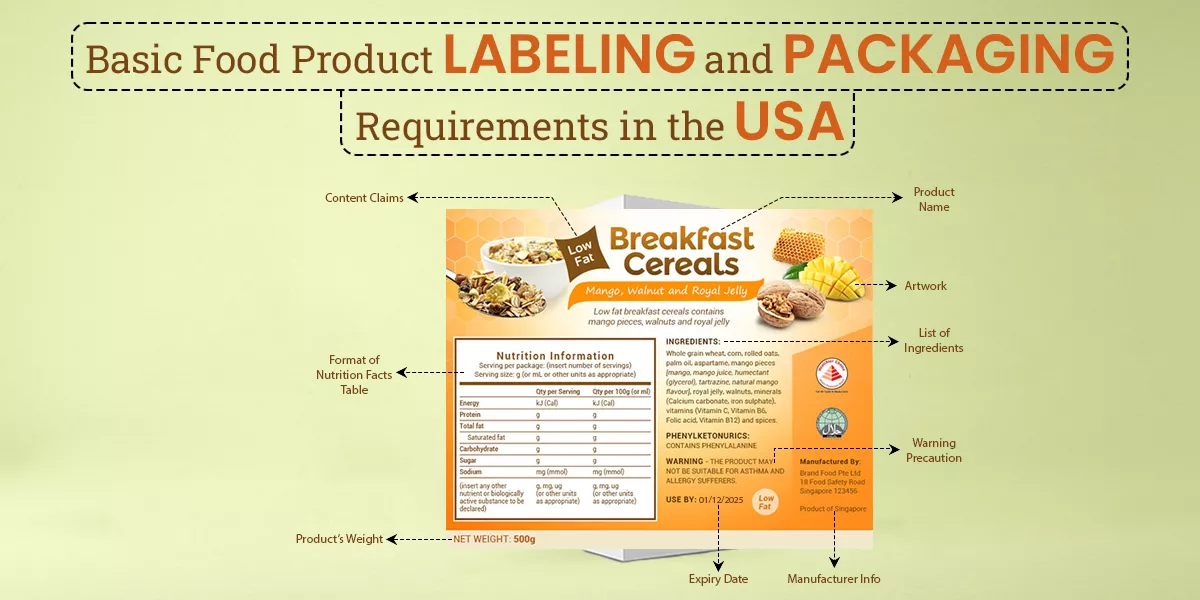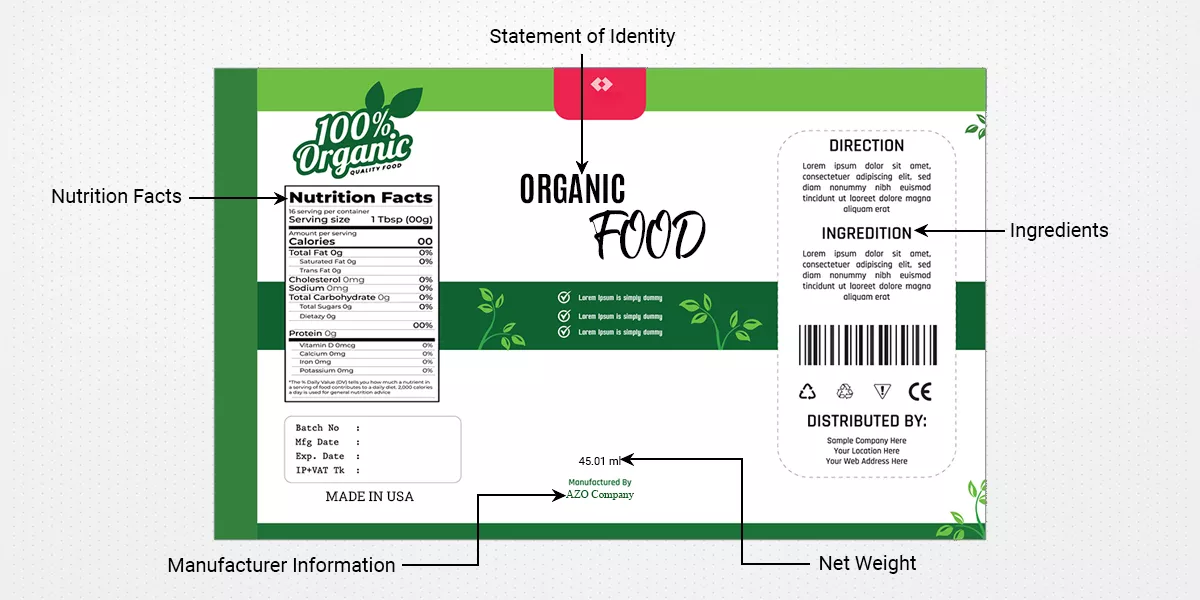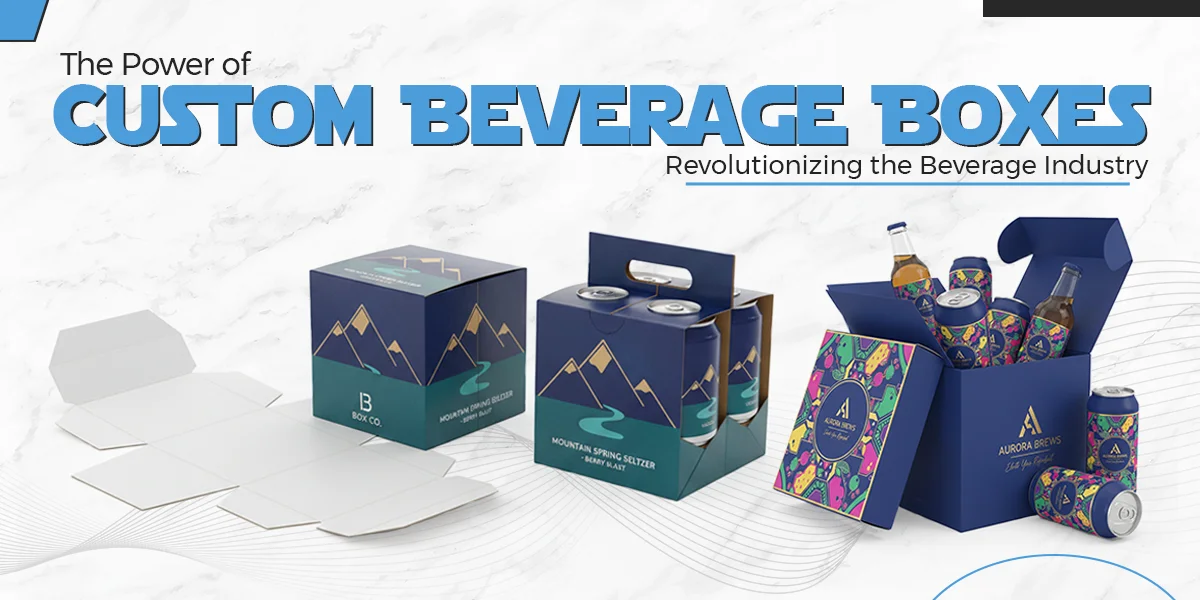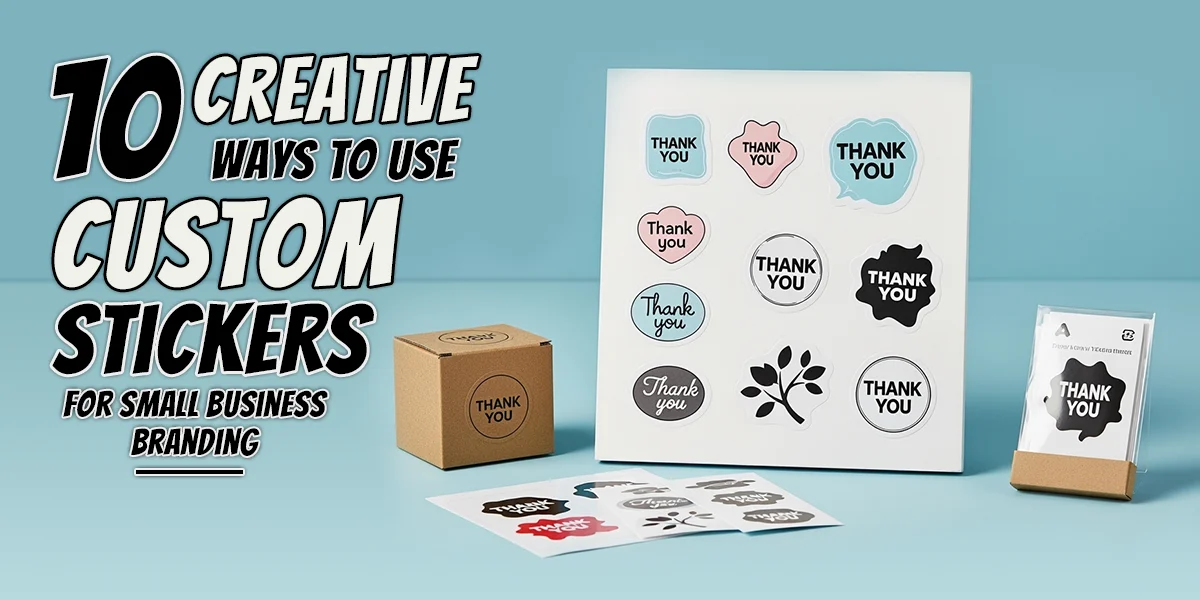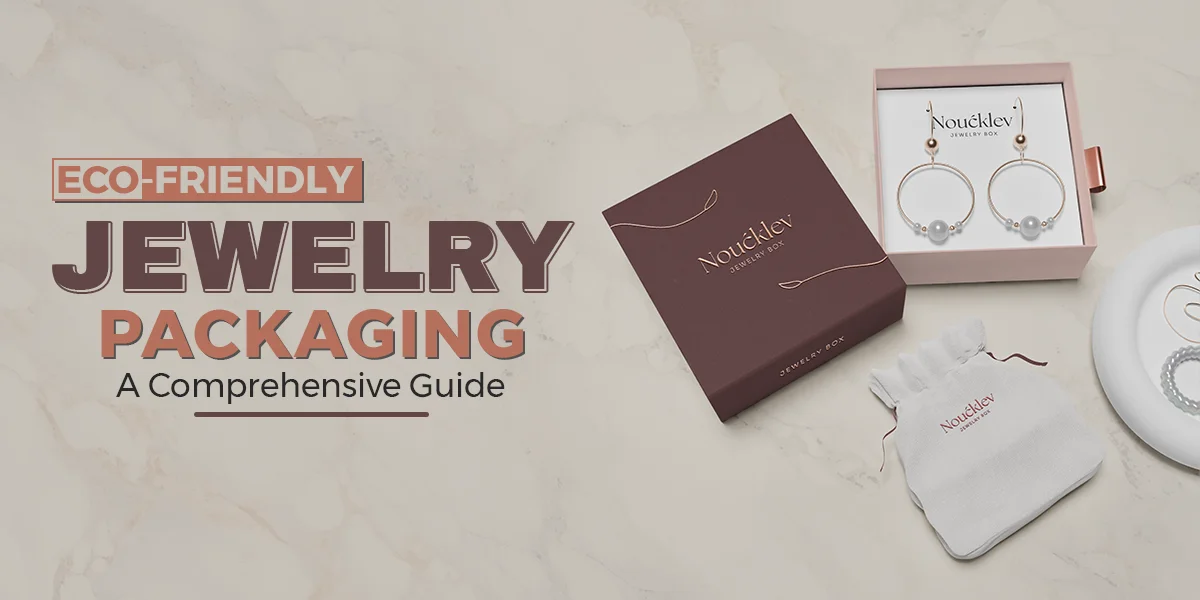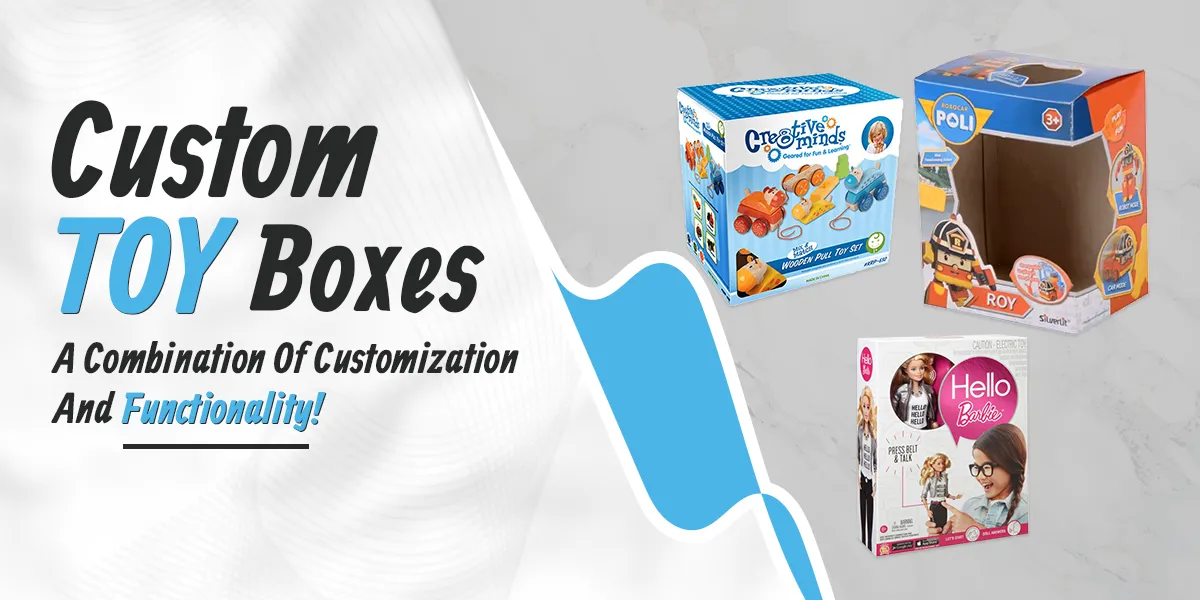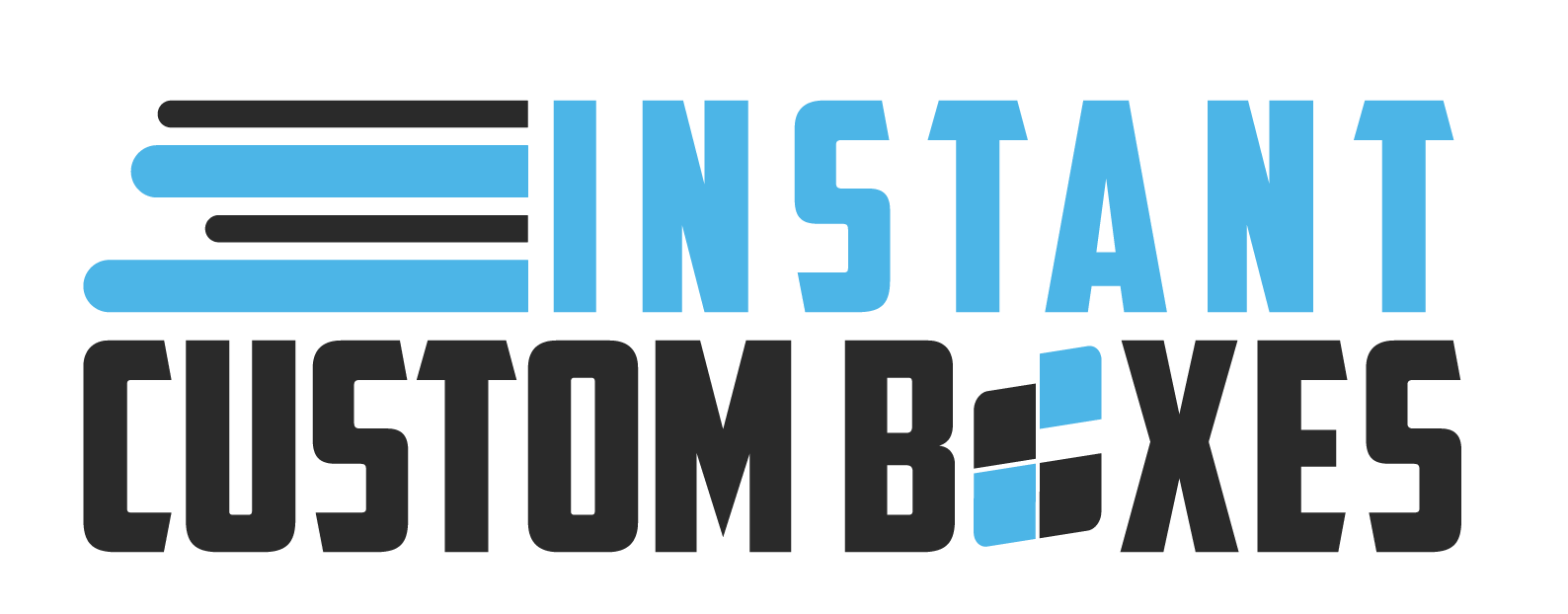The food industry is an ever-evolving field, constantly influenced by trends and technological advancements. To keep up with these standards, food manufacturers must follow the food product labeling and packaging requirements. These requirements ensure consumer safety and help maintain fair marketing practices. Additionally, the labels you place on your packaging should provide the necessary information to consumers. For brands looking to stand out, custom food packaging boxes can be an excellent solution. These customized packaging options comply with labeling requirements and offer a unique way to present your products. So, if you are one of the food brands, you will want to explore the basic food product labeling and packaging requirements in the USA while considering the benefits of custom food boxes.
Who Established the Food Label Requirements in the USA?
For food label requirements and food packaging requirements, there are multiple agencies that control them, including::
- The Food and Drug Administration (FDA)
- The United States Department of Agriculture (USDA)
- The Federal Trade Commission (FTC)
Along with the changing demands, these regulations continue to evolve. Eventually, these regulations aim to address new food trends and health concerns. Moreover, the regulations also adopt technological advancements.
What Is Required on a Food Label?
To sell food items, your labels for food packaging should provide essential information. Below is the necessary information food packaging labels must provide.
The Basic Labeling Requirements
Principal Display Panel (PDP)
This panel is the part of the packaging that consumers will see when purchasing any food item.
In this context, PDP must include details such as
- Product name
- Net quantity of your food item
Information Panel
This information panel is a portion located on the right of the PDP.
On this panel, you must include details such as:
- Nutrition Facts
Here, you must provide detailed nutritional information as per FDA guidelines.
- Ingredient List
Make sure to provide all the ingredients present in your food item.
- Allergen Statement
You must also identify the major food allergens present in your food item.
- Manufacturer Information
This must include your contact details, including your brand’s name and address.
Nutrition Labeling
Speaking of food items, the Nutrition Facts label is essential. This label helps consumers make the right dietary choices.
So, what is needed on a nutrition label?
Serving Size
In serving size, you must provide realistic portions of your food item.
Calories
Don’t forget to display the calories your food item provides prominently. This will help consumers manage their intake.
Nutrient Information
If you are wondering which nutrients must be listed on a food label, it depends on the food item you are offering.
However, the essential nutrients you must include are:
- Total fat, saturated fat, and trans fat
- Cholesterol
- Sodium
- The amount of carbohydrates
- Dietary fiber
- Total sugars and added sugars
- A complete list of protein, vitamins, and minerals
Daily Value Percentage
Yes, you must mention how much a nutrient in a serving contributes to a daily diet.
Ingredient Labeling
Every single food item must provide a comprehensive list of ingredients, including:
- Order of precedence
- Common names of ingredients
- Sub-ingredients
Allergen Labeling
Some consumers might have allergies to some food items. Therefore, the Food Allergen Labeling and Consumer Protection Act (FALCPA) has established the standards for this.
Here are the labeling requirements you should know!
- Major allergens
Milk, eggs, fish, shellfish, tree nuts, peanuts, wheat, and soybeans are the major allergens. Hence, if your food items contain these allergens, you must mention them.
- Clear identification
Clearly provide the information in the ingredient list or in a separate “Contains” statement.
FDA Packaging Labeling Requirements for Specific Types of Food
Sure, there’s the content with the keyword “custom pizza boxes” integrated naturally:
If you are offering specific types of food items, you will have to provide detailed information on your label. What are the types of specific food items, and what information should you provide?
- Dietary Supplements:
You must provide a Supplement Facts label. On this label, you must mention all ingredients, serving size, and the amount of each ingredient per serving. This label ensures clarity and consumer safety.
- Infant Formula:
The labeling for infant formula must meet strict guidelines. This includes nutrition information, ingredient listings, and proper usage instructions.
- Alcoholic Beverages:
For alcoholic beverages, your label must include alcohol content and health warnings.
Understand the Packaging Requirements
As a food manufacturer, your packaging plays a great role in preserving food safety and quality. For this reason, you must comply with the FDA packaging regulations.
Have a look at some key standards and requirements for food packaging below!
Safety and Integrity
The packaging materials you use must be safe for contact with food. Most importantly, they should not transfer harmful substances to your food items. Also, your packaging materials must protect the food from contamination and spoilage. In addition, all food on display must be protected by packaging. This way, you can ensure the safety and integrity of your food items.
Tamper-Evident Features
For some food items, tamper-evident packaging is necessary. For example, you must include a visible seal or barrier. In case the seal is breached, you must provide clear evidence that your food item has been tampered with.
Environmental Considerations
With the growth of eco-conscious consumers, sustainability has become increasingly important. Thus, as a food manufacturer, you must adapt to eco-friendly packaging materials. The best examples of eco-friendly packaging materials are biodegradable and recyclable materials. You can get these eco-friendly materials from reliable packaging providers like Instant Custom Boxes. Ultimately, by using sustainable packaging materials, you can meet consumer demand. At the same time, you can comply with all the regulatory pressure.
Future Trends and Considerations for Packaging and Labeling US
As we mentioned above, the food industry is a field with ever-evolving changes and trends. Thus, to strive in this industry, you must be up-to-date and follow the changes.
Check out future trends and considerations for packaging and labeling below!
Technological Advancements
The implementation of technological advancements in food labeling and packaging keeps growing. This means that smart labels with QR codes or RFID (Radio-Frequency Identification) tags will continue. These modem labels and tags will provide consumers with product information. The best thing about these technological devices is their traceability and interactive experiences.
Personalized Nutrition
The demand for personalized nutrition is growing in the food industry. Therefore, we might see food labels increasingly provide information according to individual dietary needs. Accordingly, these labels are integrated with health apps and wearable devices.
Final Thoughts
Indeed, food product labeling and packaging requirements in the USA are designed to protect consumers. Moreover, your label should provide essential information and ensure fair marketing competition. Remember that as the food industry evolves, the standards and regulations will continue to evolve as well. Thus, as a food manufacturer, you must stay updated with the changes. Most importantly, being compliant is not just a regulatory necessity. More than that, it is an essential effort to build consumer trust and brand integrity.
